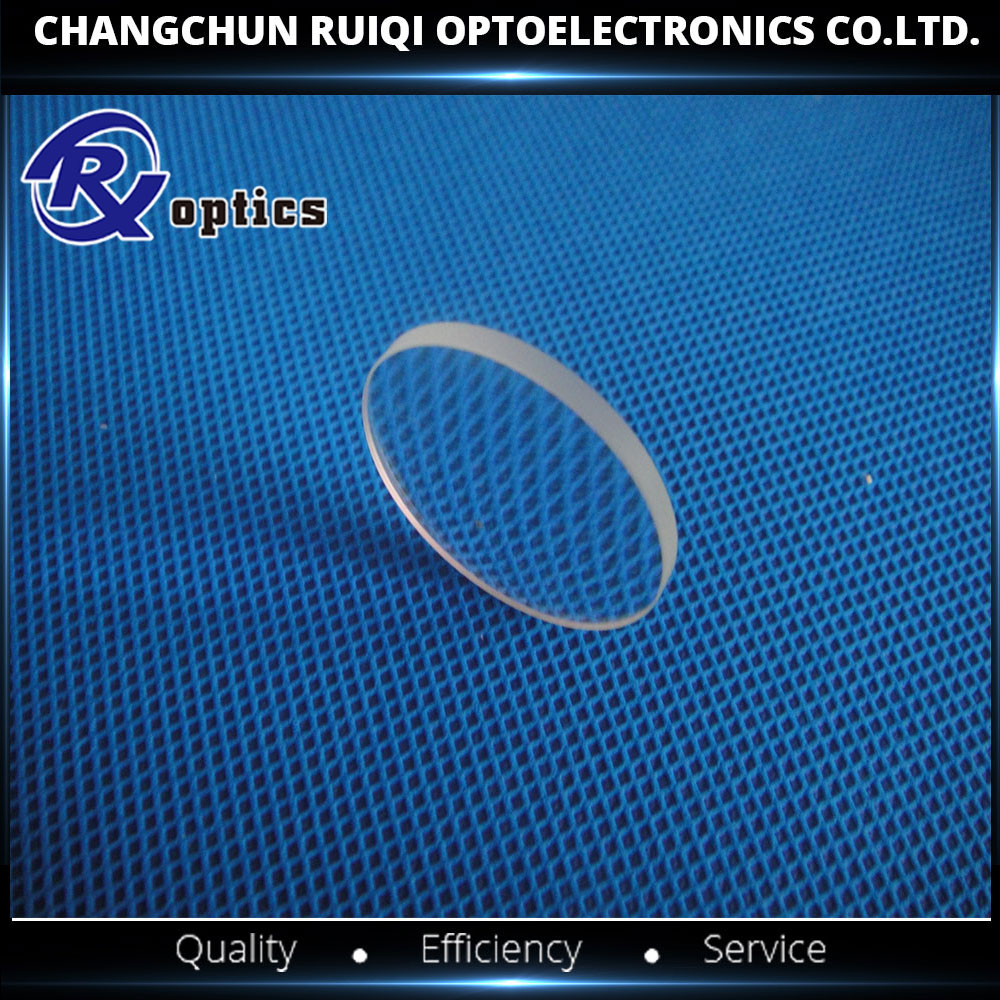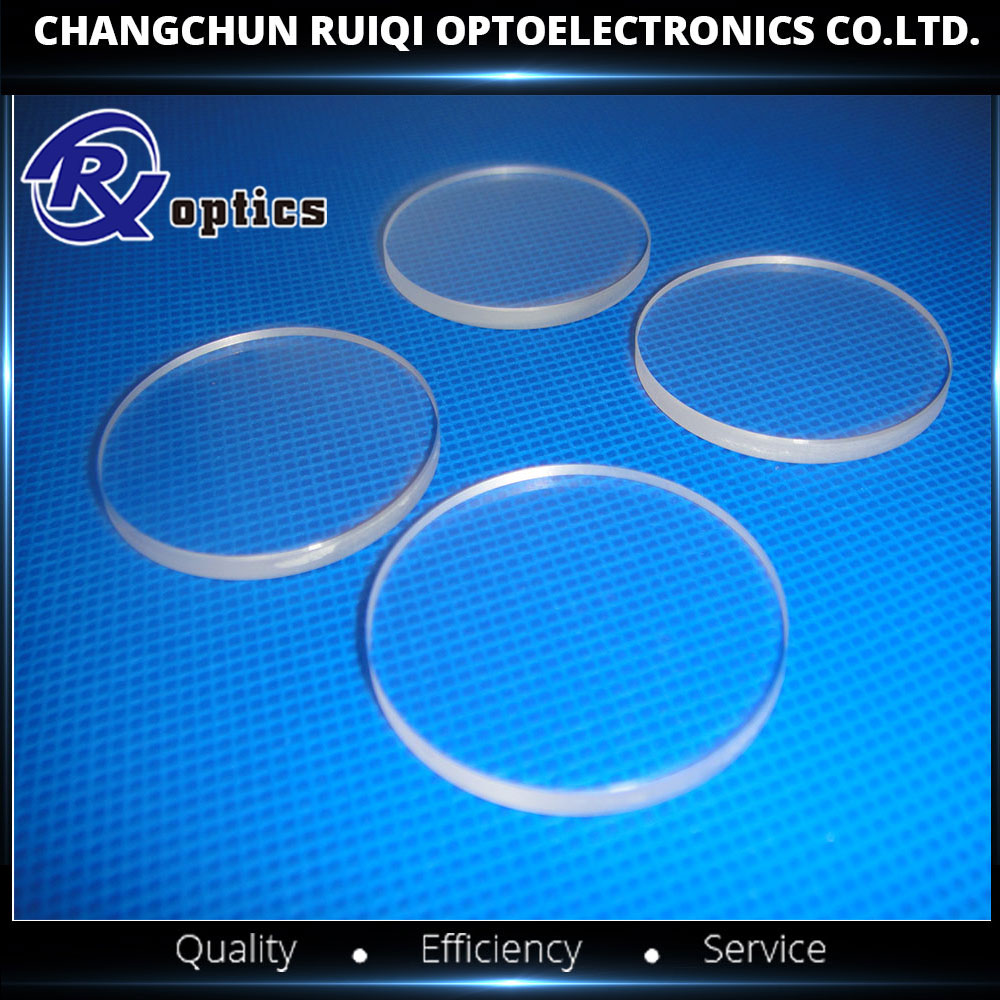Recently, experts from the Institute of Comprehensive Utilization of Minerals of the Chinese Academy of Geological Sciences organized a pre-acceptance inspection of the “Study on New Technologies for Typical Difficult-to-Select Metallurgyâ€. The project team has researched and developed the basic theory and key technologies of low-grade bauxite flotation, difficult-to-select oxidized lead-zinc mine special effects, and selected low-grade magnesite through a large number of basic theoretical researches, technological research and development, and mine research. Flotation separation basic theory and other innovative technologies. For low-grade bauxite mines in China's typical mining areas, the project team independently researched and developed ZMD series inhibitors and ZMC series collectors. It is an excellent flotation agent for bauxite positive flotation, and selects low-grade aluminum from Henan and Shanxi. When the earth ore (aluminum-silicon ratio is 3 to 5), qualified concentrates with a ratio of aluminum to silicon of 7 to 8 and an alumina recovery rate of 90% can be obtained. Taking the bauxite in Henan Province as the main sample, ZMD and ZMC independently developed by the company were used to conduct detailed experimental conditions. The bauxite with the Al-Si ratio of 3 in the original ore achieved a ratio of aluminum to silicon in the concentrate of more than 7, alumina. The excellent rate of recovery is greater than 90.3%. If this bauxite ore is used as raw material to build a plant with a daily processing capacity of 5,000 tons, the annual gross profit will be about 180 million yuan, and the economic benefits will be significant. In view of the typical high-silicon, high-calcium and low-grade magnesite in China, the project team completed the silicon, calcium, and iron removal technologies for low-grade magnesite with different impurity silicon content. The content of silicon in magnesite concentrate decreased to <0.1%, <0.2%, and <0.3% respectively after purification of magnesite by three or more grades of 3% or >3%, and reached the national standard . Based on the technical route determined by the study, semi-industrial tests and industrial tests were completed. The industrial application demonstration and production debugging carried out by Liaoning Donghe Group will process 300,000 tons of ore in the plant annually, produce 215,000 tons of concentrate, 3.5% of silicon in ore concentrate, 0.14% of silicon in concentrate (average), and concentrate yield is 75 %, recovery 78%. It produces an annual output of 215,000 tons of flotation concentrate powder. The resulting flotation concentrate powder is used as a high-grade raw material for capacitor magnesium processing. Its annual sales income is 79.6 million yuan, and the total annual profit is 20.3 million yuan. In view of the difficulty in handling lead-zinc oxide ore in China's typical mining areas, the project team developed a new type of flotation agent, which simplifies the flotation process and has strong operability. For oxidized lead-zinc ore grade (content) of 5%, zinc oxidation rate of 80.94% and lead oxidation rate of 16.86%, the final lead concentrate grade of 57.88%, lead recovery rate of 85.45%, zinc concentrate The mineral grade is 37.28%, and the zinc recovery rate is 88.31%. The research and development of various comprehensive utilization technologies for the above-mentioned typical refractory ore deposits have laid a theoretical foundation for the development of low-grade bauxite, lead-zinc oxide ore and low-grade magnesite and other typical refractory ore deposits, and provided technical support. . Magnesium Fluoride (MgF2) Windows offer excellent broadband transmission from the deep-UV to the mid-infrared.
MgF2 is a rugged material resistant to chemical etching, laser damage, and mechanical and thermal shock.
MgF2 exhibits excellent broadband transmission from 120 nm to 8 μm , from the deep UV to the mid infrared. This makes them a good choice for UV radiation sources and receivers as well as for use at the Hydrogen Lyman-alpha line. They are often used as UV viewpoints, and are a good option for UV polarizers and excimer laser applications. It has a high transmittance between 120 nm and 8 µm, and between 0.4-5.0 µm transmits over 90%.
Mgf2 Window, Crystal Mgf2 Lens,Mgf2 cylindrica lens Changchun Ruiqi Optoelectronics Co.,Ltd , https://www.ruiqi-optics.com
MgF2 has a melting point of 1255 degrees Celsius. It has a density of 3.177 g/cm3, and a tetragonal crystal type. Our optical windows are typically oriented with the round surfaces perpendicular to the c-axis of the MgF2 crystal to minimize birefringence. Custom random cut MgF2 windows can be manufactured on request.
MgF2 is the only optical material which combines a wide spectral transmission band with birefringence. This birefringence means that the refractive index depends on the polarization and propagation direction of light. Because of birefringence, a MgF2 window can exhibit double refraction, so that a ray of light will be split by polarization into two rays with different paths.

